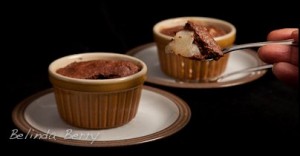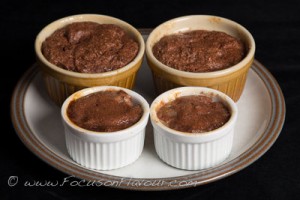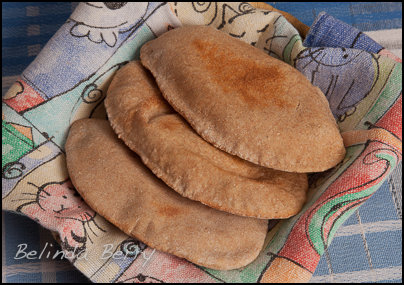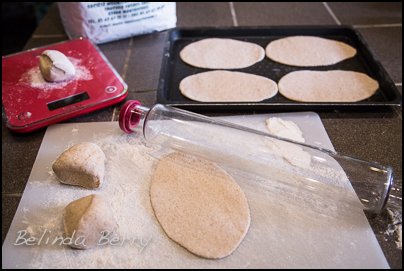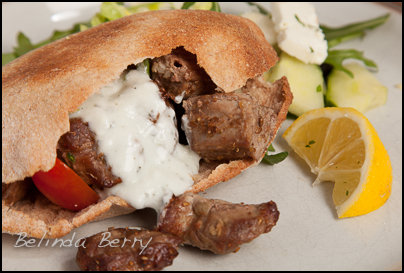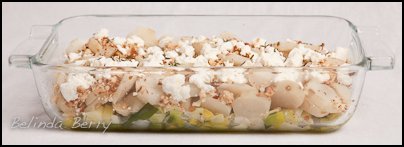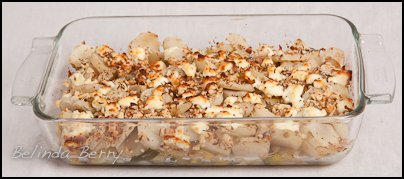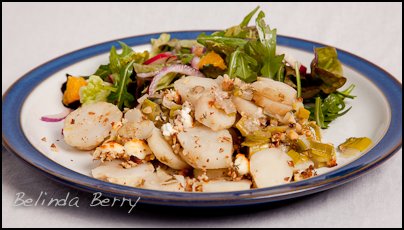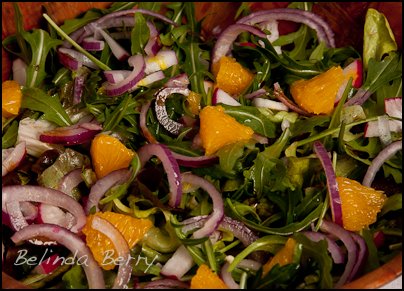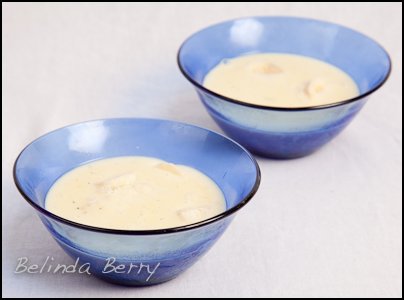The idea here is to have the enjoyment of a roast chicken, but by using orange juice instead of fat and having other veggies instead of potatoes, the whole meal is lighter and healthier. When there are just the 2 of us for lunch, I can get several meals from an average sized bird, plus then there’s the bones to make stock with for a tasty soup.
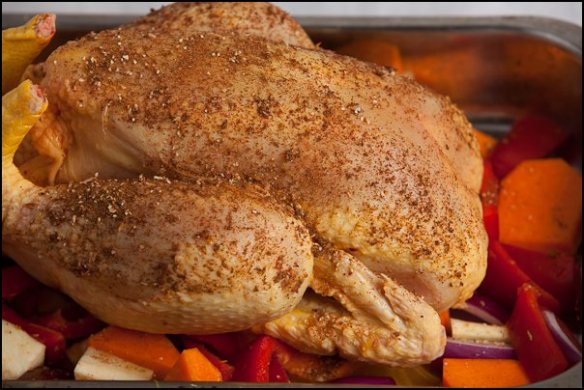
a great alternative to a Sunday Roast – Baked Orange Chicken with Pumpkin, Parsnip and Peppers
Serves 4
325 calories per serving, 22g carb, 28g protein
- 1 whole chicken
- 2 oranges
- 1 lime
- 500g pumpkin or butternut squash
- 1 med-large parsnip
- 1 red pepper
- 1 red onion
- 1 red chilli
- 1 tbsp jerk seasoning
- 1 tsp Bisto gravy powder (optional)
- 300 ml vegetable stock or water
Heat the oven to 180C.
Remove any visible fat from the chicken.
Peel the pumpkin or squash, the parsnip and the red onion. Trim the pepper and chilli and remove the seeds and pith. Cut all the veggies into wedges and put into a roasting tray.
Make slivers from some of the orange and lime peel (no pith) and reserve. Lightly grate the remainder over the veggies. Squeeze the juice of the fruits and pour half over the veggies. Put the chicken on top and brush the remainder of the juice over. Rub in the jerk seasoning.
Bake for 1 to 1.5 hours, until the chicken is cooked through, basting regularly with the juice.
Put the chicken to rest on a warm serving plate and keep the veggies warm while you make the gravy.
If there is any visible fat in the pan juices, strain it off. Add stock or water to the pan together with the orange and lime rind. I like to use a little Bisto mixed with water to make the gravy a little thicker, but it will have a good colour anyway from the jerk spices. Bring to the boil and simmer for few minutes whilst steaming other veggies to serve with it, such as julienne carrots, broccoli spears and peas.
Serve slices or portions of meat without skin, the wonderful coloured vegetables alongside and gravy with some of the peel to bring the whole dish together.
You could use sweet potato or beetroot instead of parsnip.
Based on a recipe in an old Good Housekeeping cookery club book “Healthy Eating”, 1995.
Like this:
Like Loading...
